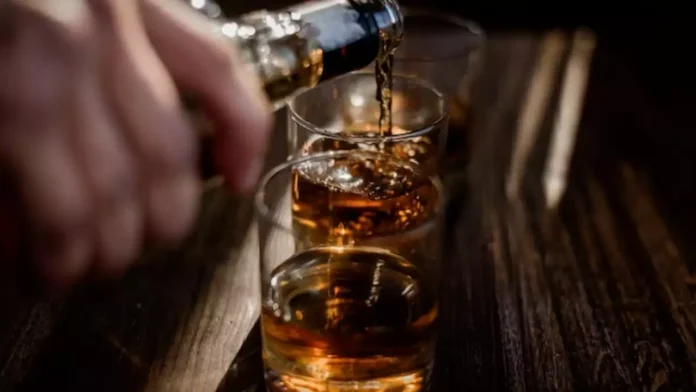The demand for spirits across various segments slowed to 4% in the previous calendar year, marking a significant decline from the 12% growth seen in 2022. This slowdown was attributed to factors such as increased taxes, a high comparative base, and a reduction in consumption among drinkers. According to industry executives referencing the most recent data from the excise department, whiskey, which constitutes two-thirds of the segment, experienced a volume growth of 5.3%, followed by brandy at 2.7% and rum at 1.1%. Vodka and gin showed notable growth rates of 18.8% and 15.3%, respectively, from a smaller initial base.
“The demand environment has remained subdued – people are still experimenting,” stated Hina Nagarajan, Managing Director of United Spirits, during a recent investor call.
“They are drinking more out of home and out-of-home prices are higher than sort of buying from off-trade and drinking at home. So, there is a little bit of impact on volume there.”
United Spirits expects the environment to persist over the next few quarters. “I think the real pressure on the wallet is on the lower side, where we do see upgrades are not happening from country liquor to popular or popular to the lower end of prestige,” she had said.
In the period from January to December last year, the nation’s spirits market experienced an increase in sales volume, reaching 409 million cases, up from 392 million cases in 2022. Experts noted that the overall spirits industry, which had previously seen growth rates of 12-15% in the post-Covid era, has now stabilized. Nevertheless, premiumization remains a driving force across various categories, contributing to value growth despite volume pressures. Notably, sales of scotch have surpassed the annual milestone of 9 million cases and are projected to double by 2024 if current trends persist.
Continue Exploring: Premiumization trend to fuel India’s soaring liquor industry, Crisil Report reveals
The liquor industry echoed the consumer discretionary segment, experiencing a slowdown in sales similar to products like apparel, footwear, and beauty in India during 2023, following two years of pandemic-driven growth. Additionally, the spirits segment had encountered a significant increase in the prices of raw materials such as extra neutral alcohol, glass, and packaging materials a year earlier, but these pressures have since eased. Nevertheless, grain prices have surged in the past two quarters, putting pressure on margins.
Furthermore, Karnataka, the largest consumer of spirits, implemented a 20% increase in additional excise duty (AED) on Indian-made liquor (IML) from August, which had an impact on volume.
In states that account for over 65% of the total market share, the state government holds sway over retail, wholesale, and pricing, thus complicating companies’ ability to promptly raise prices.
“The states which have given the price increases are weighted average bases in the range of 180-basis points to 185-basis point,” Radico Khaitan chief financial officer Dilip Banthiya told investors recently, implying that these didn’t cover the rise in input costs. “The states include Telangana, Haryana, Assam, Maharashtra, Rajasthan, Delhi, Karnataka, Uttar Pradesh – all these big states.”
Continue Exploring: Diageo and AB InBev gear up to navigate liquor sales disruptions during general elections
While India harbors a population of nearly 1.4 billion, the drinking populace is estimated at 300 million, with nearly half of them capable of affording only cheap unbranded liquor. Within this demographic, approximately 150 million individuals belong to the rapidly growing middle-class segment, capable of affording premium and above options. To earn higher margins, most companies, including homegrown players, have launched products in the pricier segments. For instance, Allied Blenders introduced several brands, including Iconiq White Whisky, Srishti Premium Whisky, and X&O Premium World grain whisky, while Tilaknagar Industries launched premium flavored brandy Mansion House Flandy and Chambers.
In December, Pernod Ricard, renowned for brands such as Chivas Regal, Glenlivet, and Absolut, mentioned that India is set to overtake the United States as its largest global market, though no specific timeframe was provided.
“The macroeconomics in India is extremely solid,” Pernod Ricard India managing director Jean Touboul said. “We are growing faster than many other affiliates in the group and hopefully because we do a good job, but I don’t want to undermine my colleagues’ jobs in other countries. It’s a market where the gross potential is much higher.”
Continue Exploring: Pernod Ricard anticipates a threefold increase in India sales, expects to topple US market





